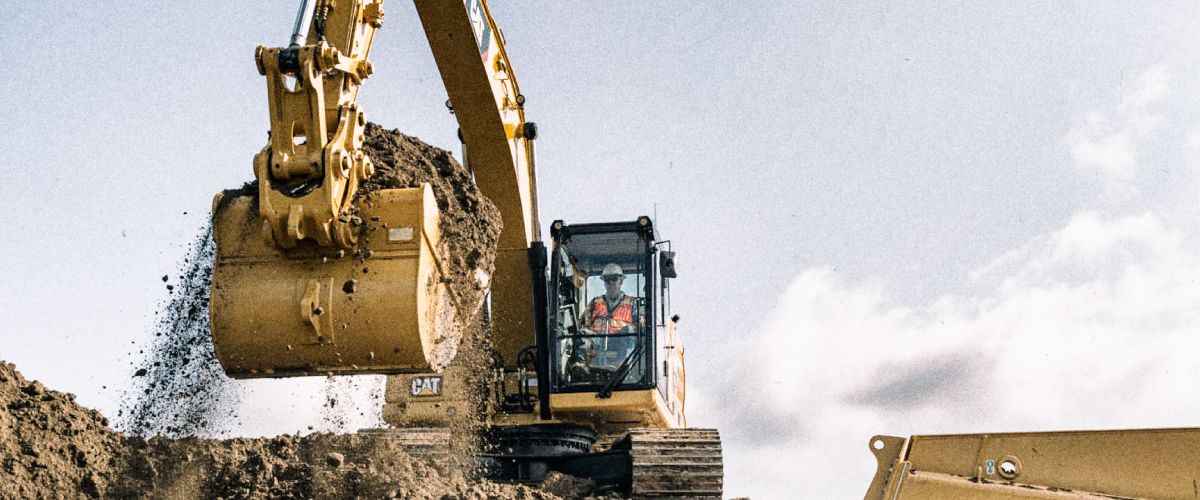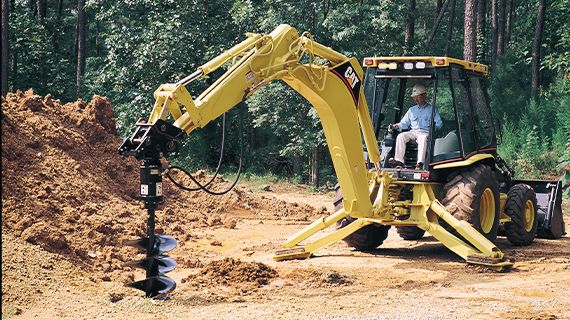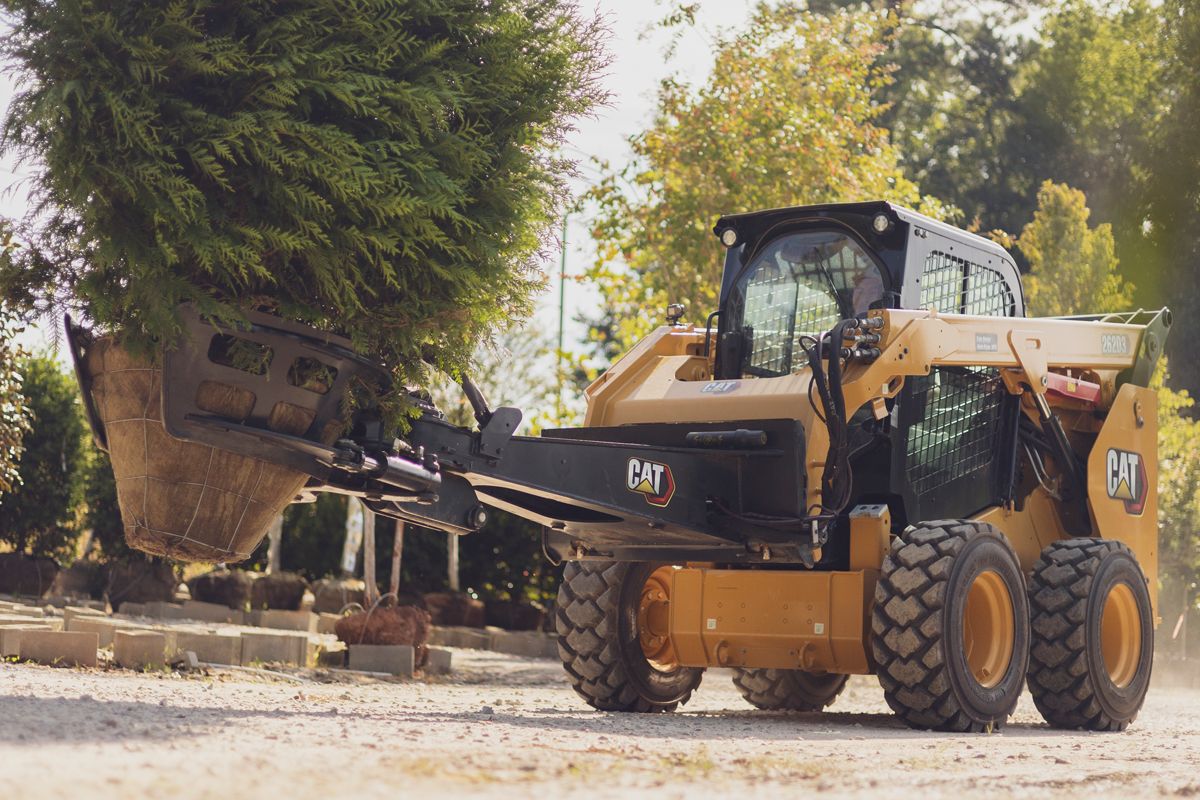

Sign In
Welcome! Sign In to personalize your Cat.com experience
If you already have an existing account with another Cat App, you can use the same account to sign in here
Register Now
One Account. All of Cat.
Your Caterpillar account is the single account you use to log in to select services and applications we offer. Shop for parts and machines online, manage your fleet, go mobile, and more.
Account Information
Site Settings
Security
Choosing a Bucket? Start with These Three Questions.
General duty or multi-purpose? Clean-up or ditch cleaning? Digging or grading? When it comes to selecting buckets for your excavator or loader, the options can seem endless. It’s tempting just to pick the biggest one that fits your machine and hope for the best. But making the wrong choice can have dire consequences — reducing your productivity, increasing your fuel burn and causing premature wear. That’s why it pays to go into the bucket selection process with a strategy. Start by asking these three questions:
What type of material are you moving?
The density of the material you’re working with plays perhaps the biggest role in bucket selection. It’s a good idea to make your choice based on the heaviest material you handle most of the time — keeping in mind that with very heavy, hard-to-get-through material, you might not be able to load a large bucket to full capacity. In those conditions, a smaller bucket may out-dig a larger one by allowing your machine to cycle faster.
Here are a few common bucket options matched to material types. This is just a small sampling of what’s available, so be sure to talk to your equipment dealer about specialty options available that may be better suited for your jobs.
- General Duty: A good choice if you’re working with a wide variety of materials, general-duty buckets are designed for lighter materials — sand, gravel, soil, loose coal or crushed stone.
- Heavy Duty: Built for more rugged applications, heavy-duty buckets are ideal for loading in quarries or moving blasted rock, hard-packed stone and clay or other dense materials. You’ll find variations like extreme-duty and severe-duty buckets designed for even tougher jobs.
- Rock: Rock buckets are designed to move just that: sand, gravel, coal seam, limestone, gypsum and more. There are special rock buckets made specifically for iron ore and granite.
How big of a bucket do you really need?
A bigger bucket means more production, right? Not necessarily. Any short-term gains likely will get wiped out by repairs and downtime. That’s because using a bucket that pushes your machine over the recommended capacity limit — even by just a few percentage points — accelerates wear, reduces component life and risks unplanned failure.
The key to maximizing productivity is this: First, consider the capacity of the machine you’re loading. Next, determine how many loads you need to move each day. Then, select the bucket size that gives you the ideal pass match. In fact, it may make sense to determine your bucket size first, then select the machine that can accommodate it — not the other way around.
Which bucket is built for your needs?
You pay close attention to features and options when you buy a machine — be sure to do the same when you choose a bucket. (It’s doing the hard work on the job, after all.) A bucket with qualities like these will help you get more done in less time for less cost:
- Hardness and thickness. You’ll pay more for harder, thicker plate material, but your bucket will last longer.
- Quality wear parts. Higher quality edges, side cutters and teeth will pay for themselves in productivity, reusability and ease of installation.
- Quick coupler. If you change buckets frequently, this tool can be a big productivity booster — letting operators make the switch in seconds without ever leaving the cab. If the bucket will remain on a dedicated piece of equipment, a pin-on connection may be a better option.
- Add-on options. If your machine moves from job to job, the addition of bolt-on teeth and cutting edges can make one bucket more versatile. You may also want to consider wear protectors or extra guarding that can reduce damage and extend bucket life.
More choices mean more questions.
Equipment manufacturers are developing new buckets and bucket options all the time to increase productivity and life in every application, so consider these three questions the first of many you’ll want to ask your dealer before you make a final bucket selection. Still, you can’t go wrong if you start with these basics. Looking for more guidance? Check out these tips for matching bucket type and material.
RELATED ARTICLES
You’re here to get ideas to grow your business. Read on for machine insights and expert tips and tricks to get more out of every job.
-
One Machine, Many Jobs with Attachments
Cat compact machines are known for their versatility.
Learn More -
Get Attached to Versatility
Introduction of Cat 440 and 450 Backhoe Loaders enables a wider variety of work.
Learn More -
Who says Blades are Boring?
Today’s dozer blades are sophisticated tools. And you can’t make money without them—which makes them far from boring. So before you choose a blade, give some thought to how the decision could affect your bottom line.
Learn More -
The Latest Nursery Tools for Landscaping and Agriculture
We dive into the latest nursery tools for landscaping and agriculture businesses that might help you be more productive.
Learn More





